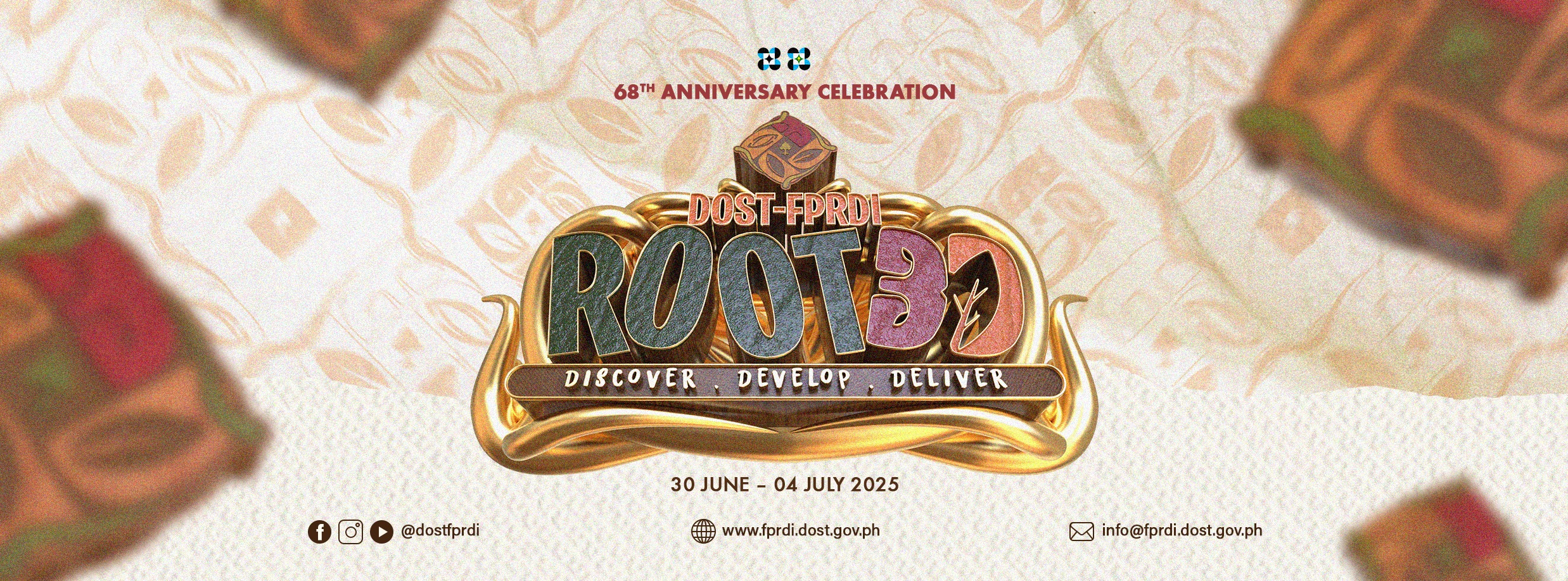Charcoal briquetting in the Philippines: challenges and prospects
June 8, 2015
A 2013 survey made by the team of Dr. Emelyne C. Cortiguerra of the Department of Science and Technology’s Forest Products Research and Development Institute (DOST-FPRDI) showed that there is a high demand for charcoal briquettes abroad. According to the country’s top charcoal briquette makers, foreign buyers often buy in large quantities which most of them cannot meet.
“This means the door is wide open for anyone who wants to grab a piece of the action in the charcoal briquetting industry,” says Dr. Cortiguerra, “but they have to be aware also of the problems currently faced by briquette producers.”
FPRDI Director Dr. Romulo T. Aggangan explains, “A charcoal briquette is a compacted mass of fuel material made from a mix of charcoal fines and binder, and molded under pressure. Although charcoal briquettes are not very well known in the Philippines, the product is already a household fuel in Europe and America. In some Asian countries, hotels and big restaurants use it for roasting.
Studies at the DOST-FPRDI show that charcoal fines for briquetting can come not only from wood and coconut shell but also from coconut husk, coffee bean hull and other non-wood biomass materials. In the Philippines, the first charcoal briquetting machines, studies on the production process, as well as technology demonstrations were initiated by the DOST-FPRDI,” adds Dr. Aggangan.
According to Engr. Belen B. Bisana, head of DOST-FPRDI’s Bio-Energy and Equipment Development Section (BEEDS), “Compared to plain charcoal, briquettes are less messy and easier to handle because they are compact and uniform in size. They are also easy to ignite, burn slowly, give more intense heat per unit volume and are almost smokeless when burning. Charcoal briquettes made from agroforest wastes may lessen the extensive charcoaling of wood, thus helping protect what is left of the country’s forest resources.”
Dr. Cortiguerra and her team’s survey of the 16 top charcoal briquette producers in the country identified the strengths and opportunities of the industry.
She reports, “The biggest strength is the huge demand for briquettes in the US, Europe, Japan, Korea and Malaysia. Likewise, as an alternative fuel, briquettes in the future can replace much of the country’s expensive energy sources such as liquefied petroleum gas (LPG), kerosene and electricity. Other strengths include innovative producers and a wide range of available raw materials.”
Dr. Cortiguerra continues, “The problems of the industry, on the other hand, include the sustainability of the raw materials, the very stiff price competition in the global market and high cost of transporting the product abroad. The low-capacity of most briquetting machines is also a major drawback, plus the fact that they are often hard to operate. Likewise, charcoal briquettes have suffered from low publicity which has led to low acceptability in the local market.”
“It would take hard work as well as the help of concerned stakeholders to overcome these hurdles,” says Dr. Cortiguerra who suggested a few solutions to the problems.
“One remedy is almost ready for the taking,” she says. “It is the newly developed hydraulic-type charcoal briquettor of the DOST-FPRDI, a machine that has a higher-capacity and easier to operate than the ones available in the market. It is suited for cooperatives and can be operated by women.”
To grow the local market, she suggested that producers link with large scale buyers such as food chains, hotels, and poultry farms; study ways to use briquettes in other cooking systems, i.e., how can they be harnessed in lechon shops and bakeries?; demonstrate the advantages of using the product in supermarkets, malls and trade fairs, making sure that all claims are supported by facts; and lastly, producers must train people in rural communities on charcoal production and encourage them to become suppliers of raw materials for briquetting.
Dr. Cortiguerra concludes, “The problems facing the charcoal briquette industry may seem big, but they should not overwhelm entrepreneurs who believe in the promise of a green and efficient fuel substitute.” (Rizalina K. Araral, 02 June 2015)#











